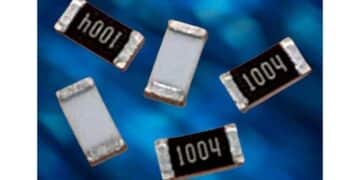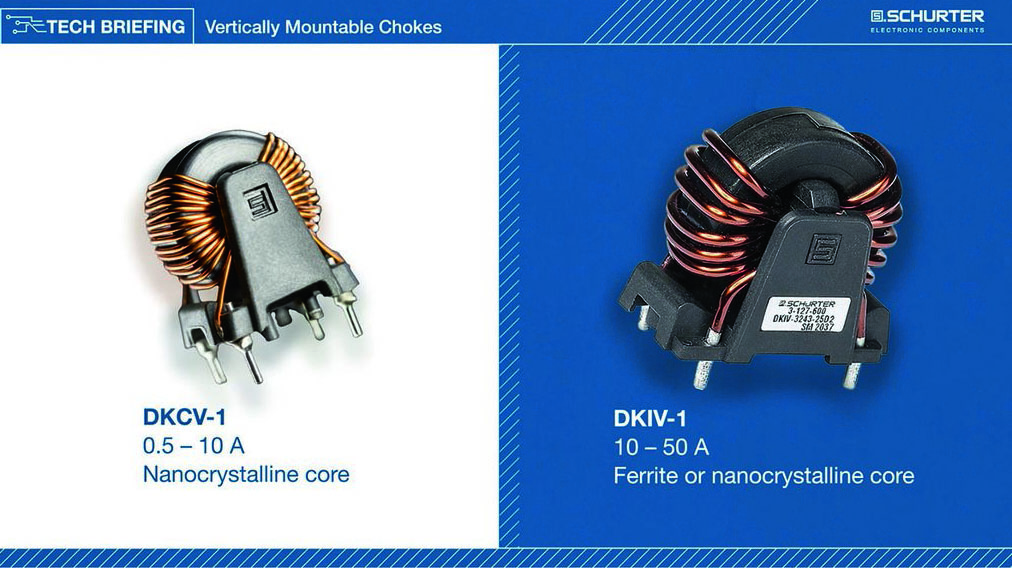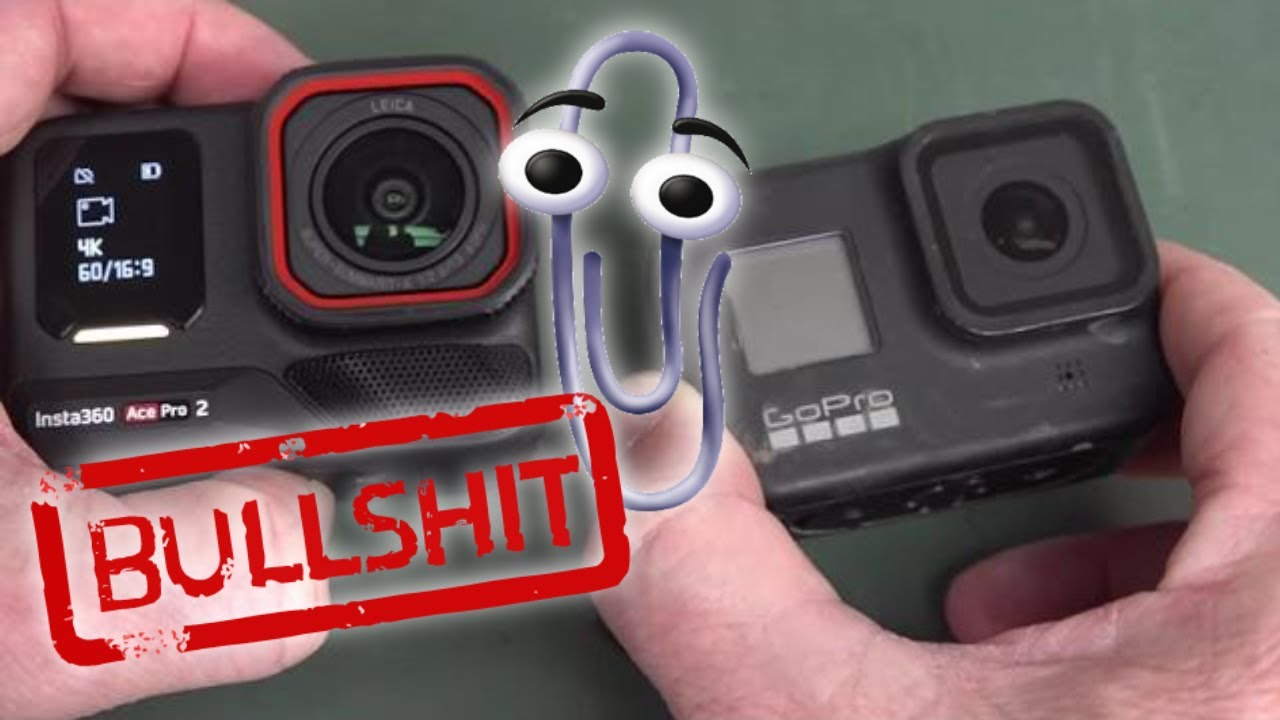 Although many purchasers may be preoccupied with geopolitical issues, 4 Star Electronics reminds readers that obsolescence remains an ongoing challenge.
Although many purchasers may be preoccupied with geopolitical issues, 4 Star Electronics reminds readers that obsolescence remains an ongoing challenge.
Rapid technology advancements can render some components obsolete in 18 to 24 months, with production of older technology parts ended to make way for new technologies. Semiconductor revenue is typically dominated by consumer electronics. Since those industries move so quickly, component manufacturers cater to those markets rather than high reliability uses like aerospace, medical or industrial markets that may require components over a much longer timeframe.
Constraints on raw materials used in semiconductor manufacturing can also cause products to be obsoleted sooner than planned, an issue that may get worse due to global conflicts and trade wars.
Lifecycles have also become more erratic. Typically, manufacturers announce end-of-life plans that include periods of ‘not recommended for new designs’, plus plenty of notice for last time buys. However, there are increasing situations where manufacturers stop production without much warning, leaving customers without the required quantities to complete projects.
To manage obsolescence, procurement organizations should develop detailed and thorough obsolescence programs. Steps to take include the following.
Develop a methodology for predicting part obsolescence or use an established program such as the one developed by the Center for Advanced Life Cycle Engineering (CALCE) at the University of Maryland. This uses algorithms to help forecast future obsolescence dates and determine the optimum time to redesign products to eliminate obsolescence issues.
Explore how AI can be utilized to monitor and predict obsolescence trends, helping identify potential risks and offer solutions.
Stay close to the original component manufacturers (OCMs) and their authorized channels to get up-to-date information, such as Product Change Notifications (PCNs) and End-of-Life (EOL) notifications. Subscribe to data providers such as SiliconExpert, Accuris and Z2Data, who provide predictive tools for lifecycle forecasting.
Consider stockpiling critical components to ensure a supply even after becoming obsolete. Although not ideal financially, this approach helps maintain production continuity with less negative impact to the end customer.
Develop relationships with independent distributors who are experts at dealing with shortages and end-of-life components and can help handle unforeseen circumstances revolving around obsolescence. High quality independent distributors can provide both sourcing of components and inspection/test protocols to ensure part authenticity and reliability.
Obsolescence of electronic components continues to be a critical issue because the commercial life of components is very short compared to the life of the equipment that manufacturers need to support, especially in high-reliability industries.
Taking time to proactively develop and implement an obsolescence management program will aid in long term project success. Having a thorough understanding of component lifecycles through tools and data, focusing on critical solutions and aligning with specialist suppliers to ensure a supply of parts when dealing with unforeseen circumstances are the keys to solving this difficult challenge.
www.4starelectronics.com



